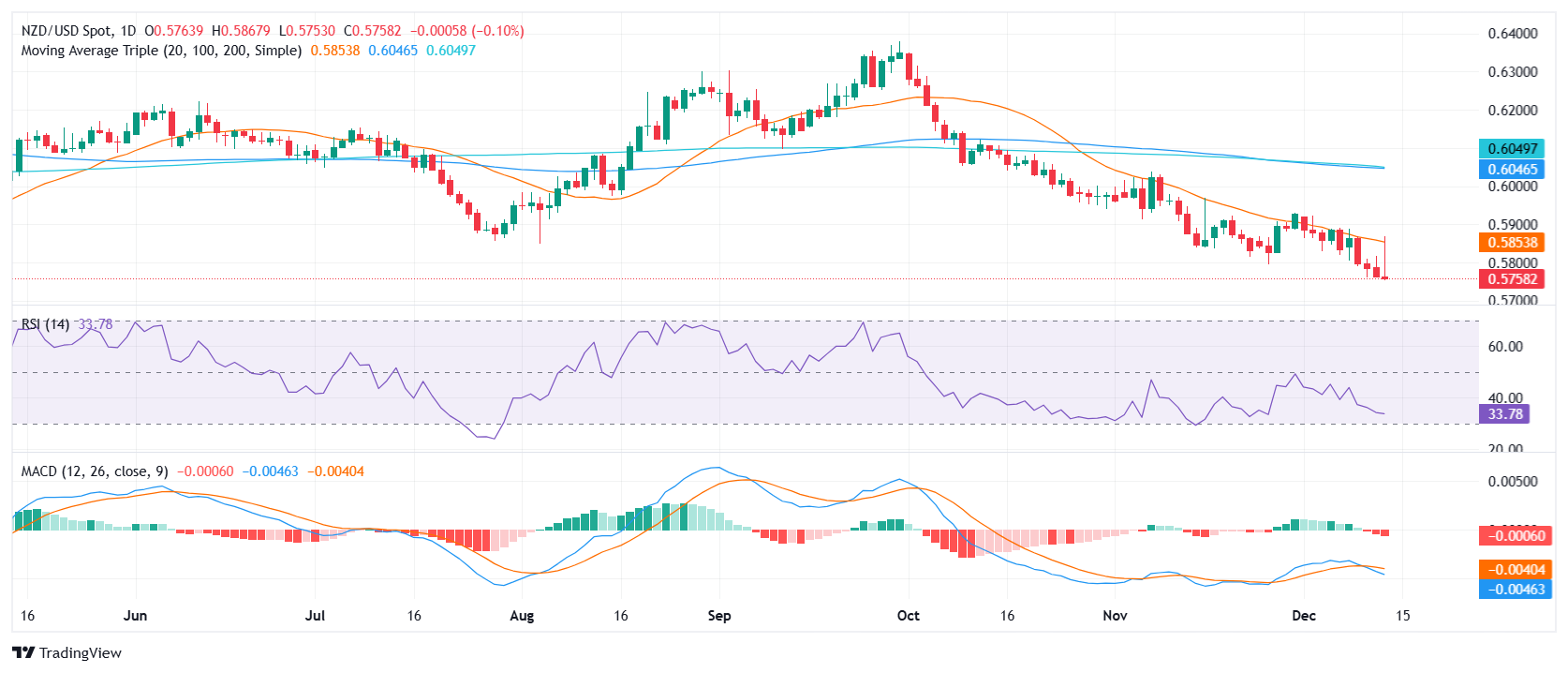Key Highlights:
- Gold struggles below $2,665, resuming its bearish momentum.
- Strengthening US Treasury yields and the US Dollar (USD) weigh on prices.
- Market expectations for a “hawkish rate cut” by the Federal Reserve (Fed) keep Gold under pressure.
- Gold (XAU/USD) approaches a key support zone near $2,630.
Market Drivers
- Rising Yields and Strong US Dollar
- Gold’s downside persists as rallying US Treasury yields and a robust Dollar continue to pressure non-yielding assets like Gold.
- Economic Resilience and Fed Expectations
- Stronger-than-expected US preliminary PMI data points to steady economic growth in Q4, signaling a slower Fed easing cycle in 2025.
- Upcoming Retail Sales data for November is expected to show a 0.5% growth, reinforcing the narrative of resilient US consumption.
- Hawkish Fed Speculation
- Futures markets are pricing in a 25 basis-point rate cut by the Fed on Wednesday, but investors anticipate cautious forward guidance, limiting expectations for aggressive cuts in 2025.
- Easing Geopolitical Concerns
- Reduced tensions in the Middle East conflict have shifted market focus to US monetary policy, further dampening Gold’s appeal.
Technical Analysis
- Bearish Indicators:
- Gold continues to retreat after being rejected at the $2,720 resistance last week.
- A potential double top and last Thursday’s bearish engulfing candle have strengthened bearish sentiment.
- The 4-hour chart shows increasing bearish momentum, with a negative candle supporting the downtrend.
- Key Levels to Watch:
- Support:
- Immediate support lies near $2,630 (December 9 low).
- Deeper support is at $2,610, marked by lows from November 25, 26, and December 6.
- Resistance:
- Upside resistance is at $2,665 (Monday’s high).
- Additional resistance is near $2,690 (Friday’s intraday level).
- Support:
Conclusion
Gold remains under pressure, with rising US Treasury yields, a strong Dollar, and expectations of a cautious Fed outlook driving the bearish trend. Traders should watch the $2,630 support level, as a break lower could open the door to $2,610. Conversely, a rebound above $2,665 could challenge bearish momentum in the short term.
XAU/USD 4-Hour Chart

Interest rates FAQs
What are interest rates?
Interest rates are charged by financial institutions on loans to borrowers and are paid as interest to savers and depositors. They are influenced by base lending rates, which are set by central banks in response to changes in the economy. Central banks normally have a mandate to ensure price stability, which in most cases means targeting a core inflation rate of around 2%. If inflation falls below target the central bank may cut base lending rates, with a view to stimulating lending and boosting the economy. If inflation rises substantially above 2% it normally results in the central bank raising base lending rates in an attempt to lower inflation.
How do interest rates impact currencies?
Higher interest rates generally help strengthen a country’s currency as they make it a more attractive place for global investors to park their money.
How do interest rates influence the price of Gold?
Higher interest rates overall weigh on the price of Gold because they increase the opportunity cost of holding Gold instead of investing in an interest-bearing asset or placing cash in the bank. If interest rates are high that usually pushes up the price of the US Dollar (USD), and since Gold is priced in Dollars, this has the effect of lowering the price of Gold.
What is the Fed Funds rate?
The Fed funds rate is the overnight rate at which US banks lend to each other. It is the oft-quoted headline rate set by the Federal Reserve at its FOMC meetings. It is set as a range, for example 4.75%-5.00%, though the upper limit (in that case 5.00%) is the quoted figure. Market expectations for future Fed funds rate are tracked by the CME FedWatch tool, which shapes how many financial markets behave in anticipation of future Federal Reserve monetary policy decisions.





